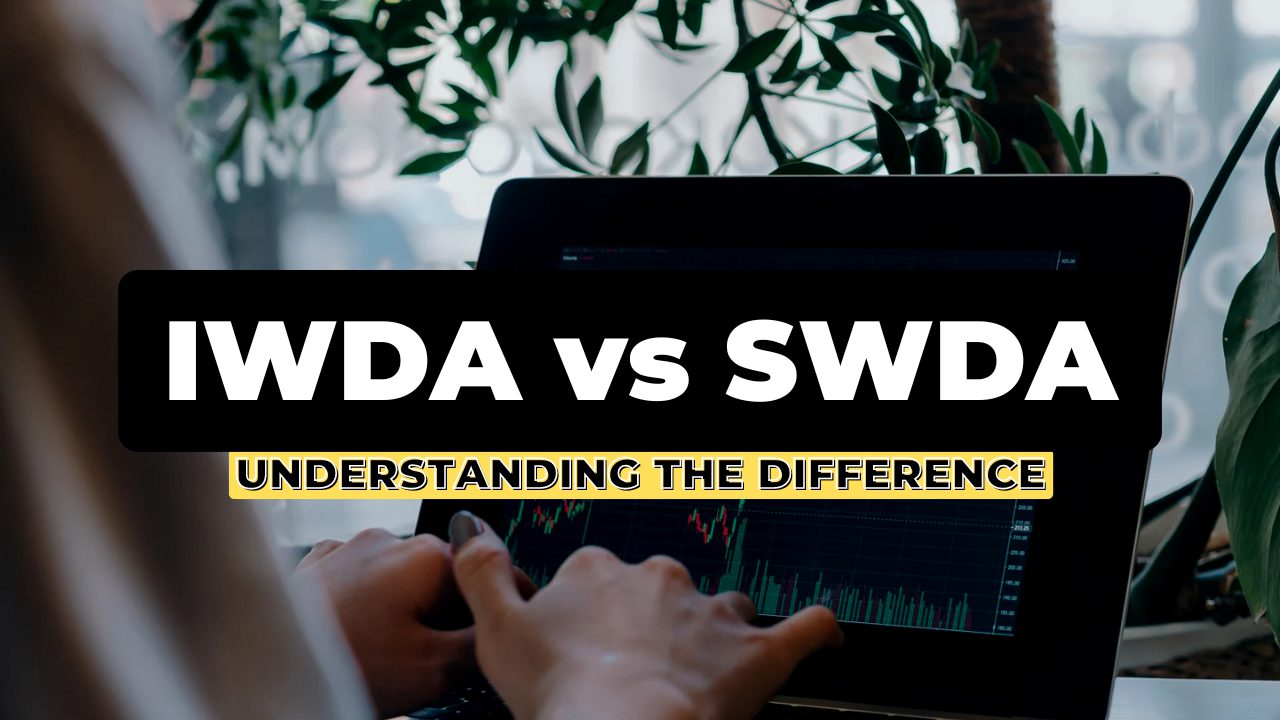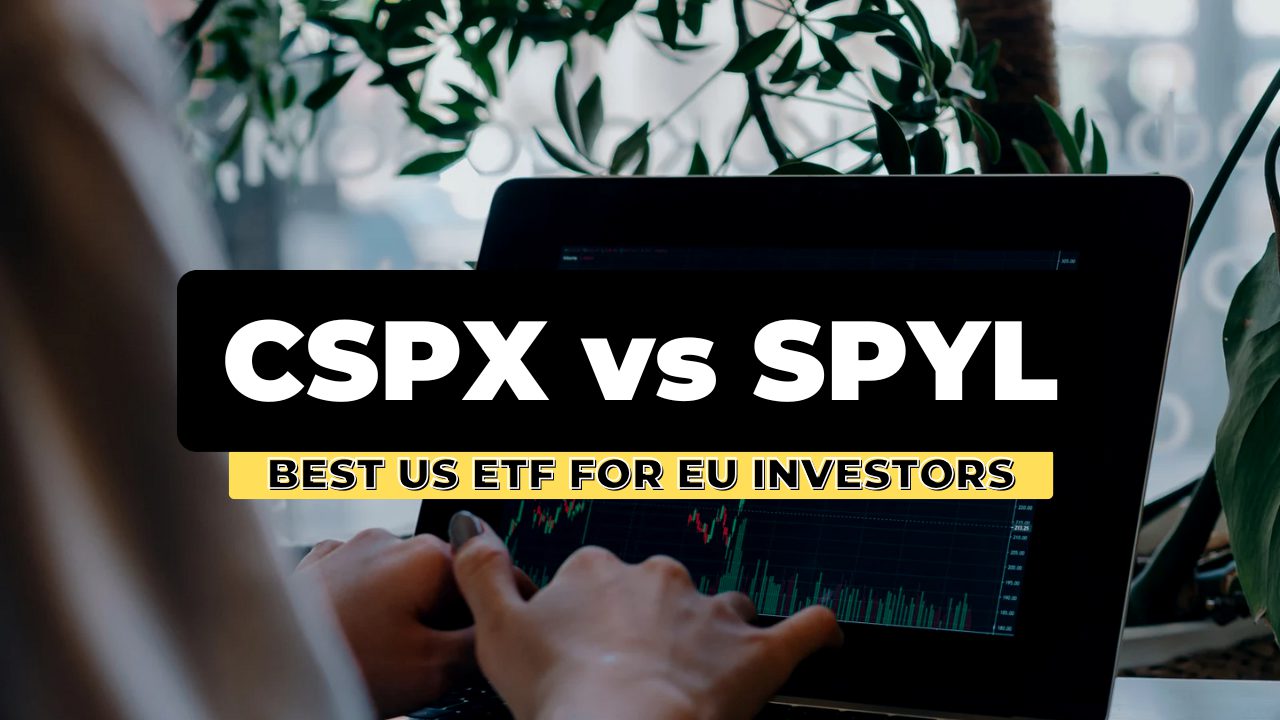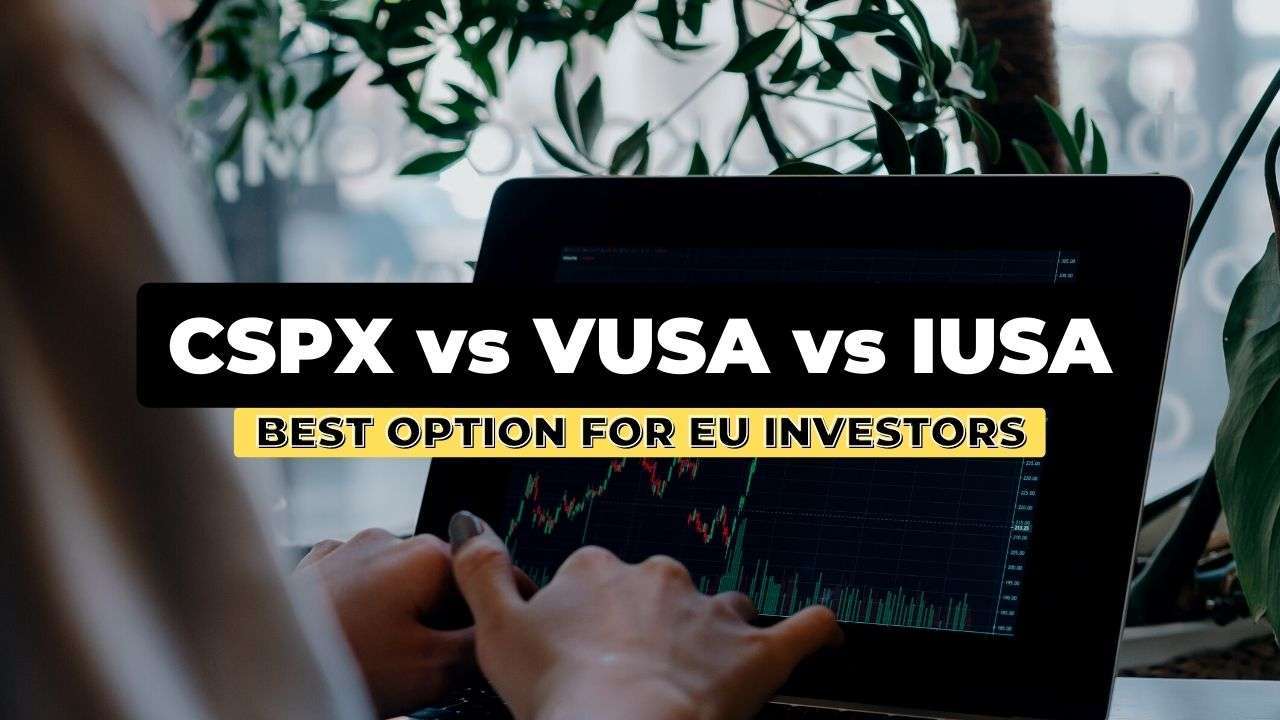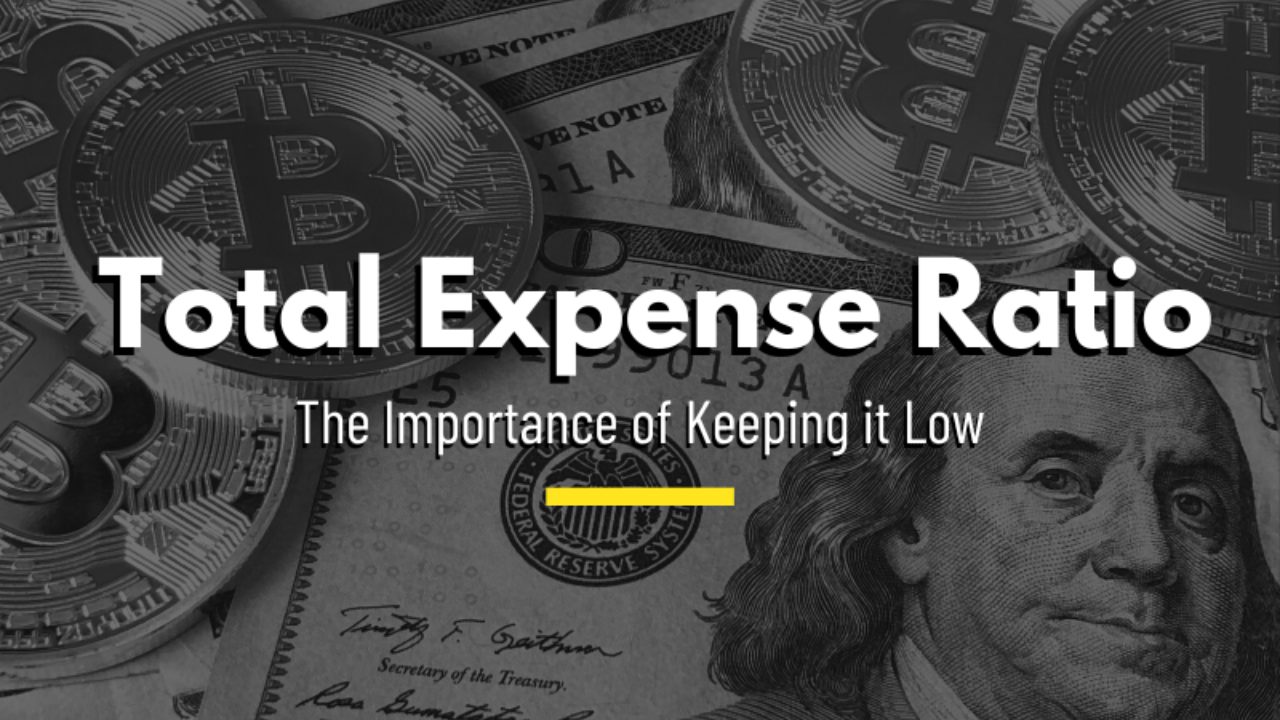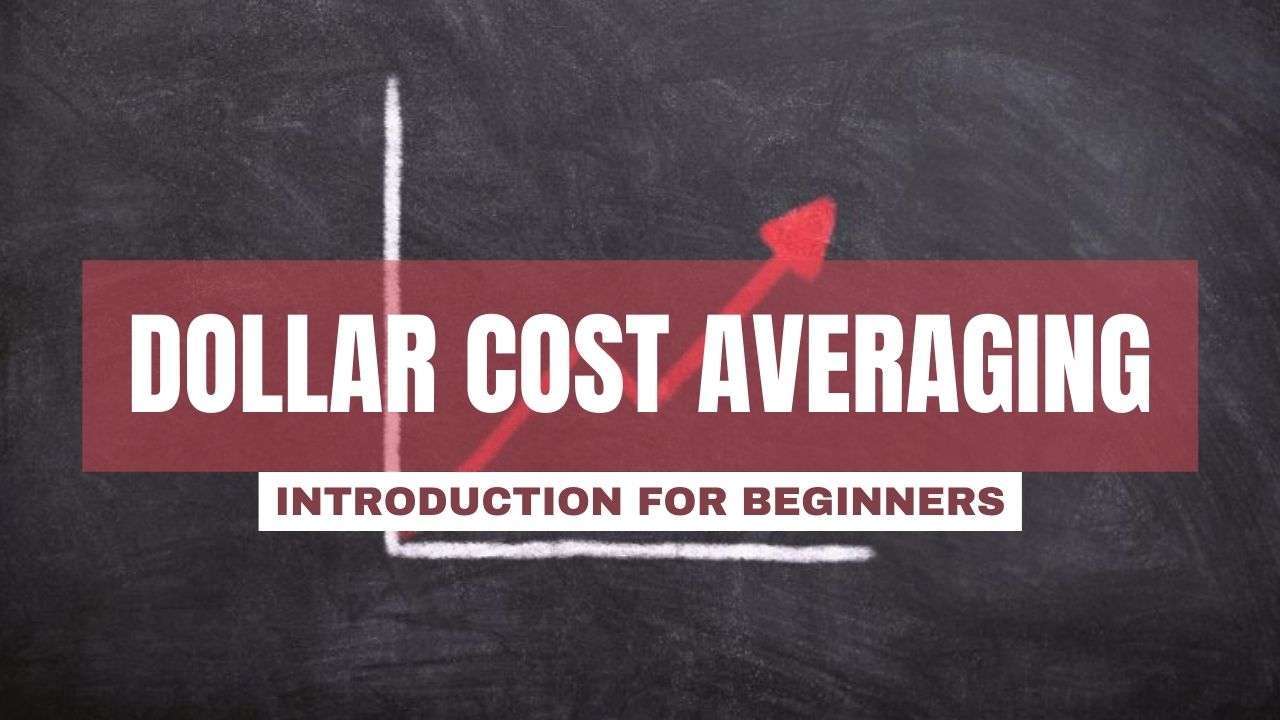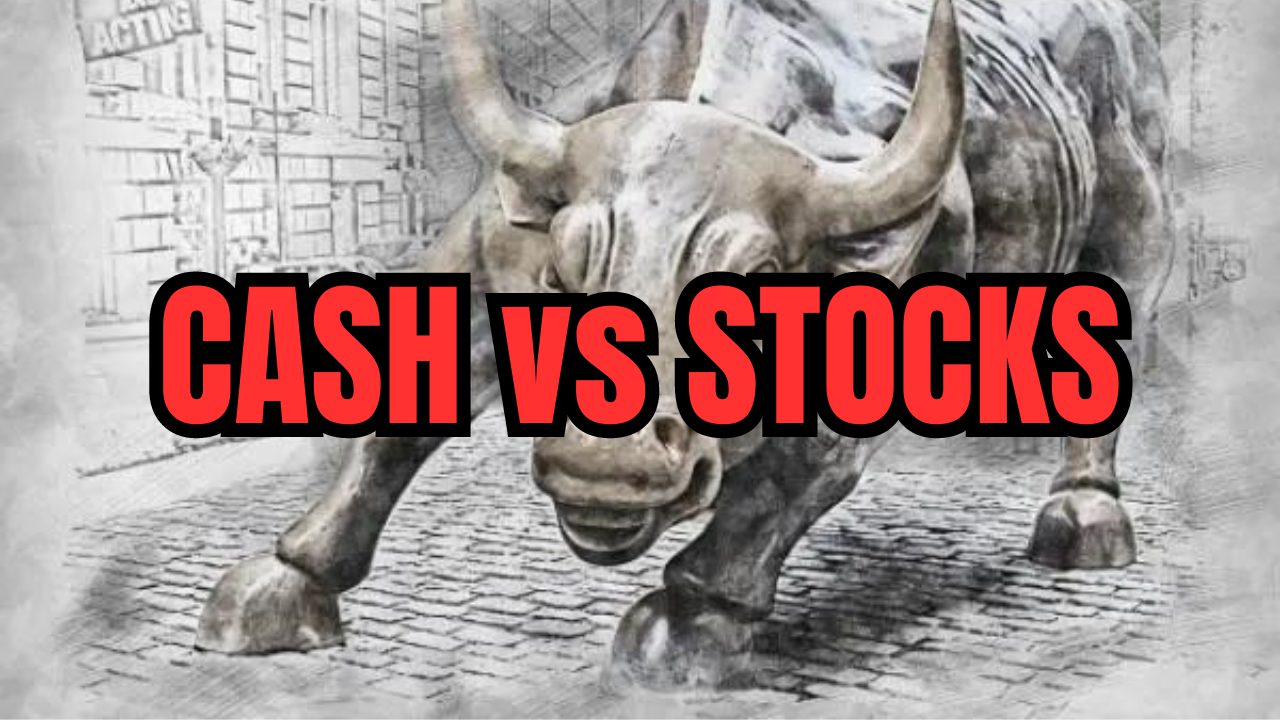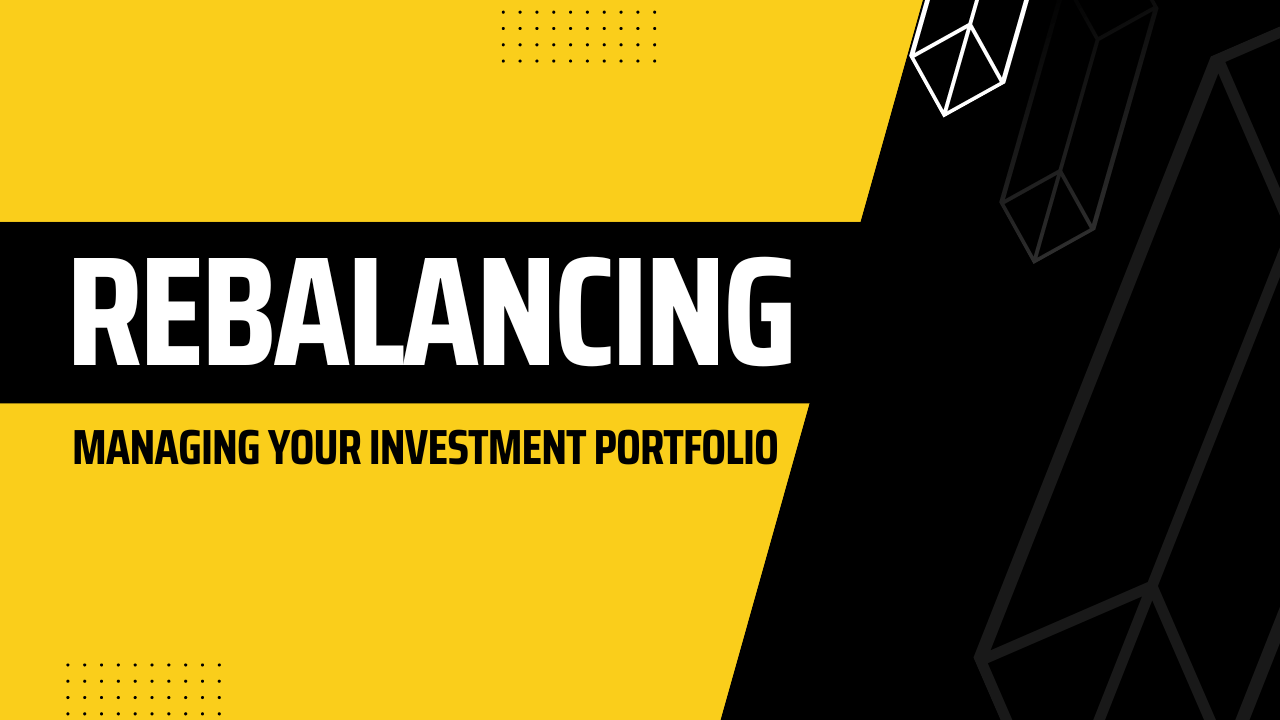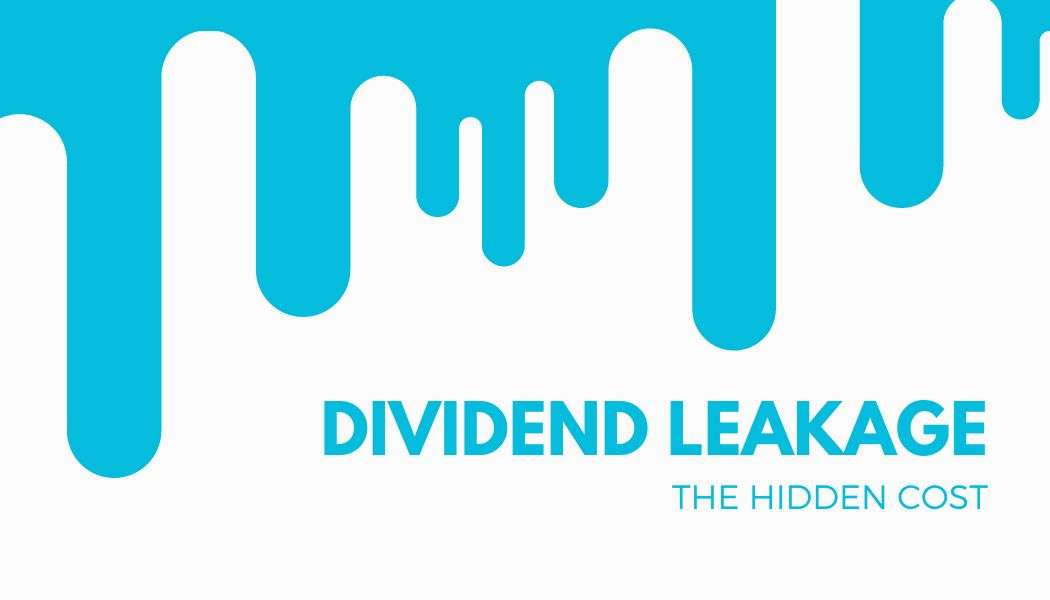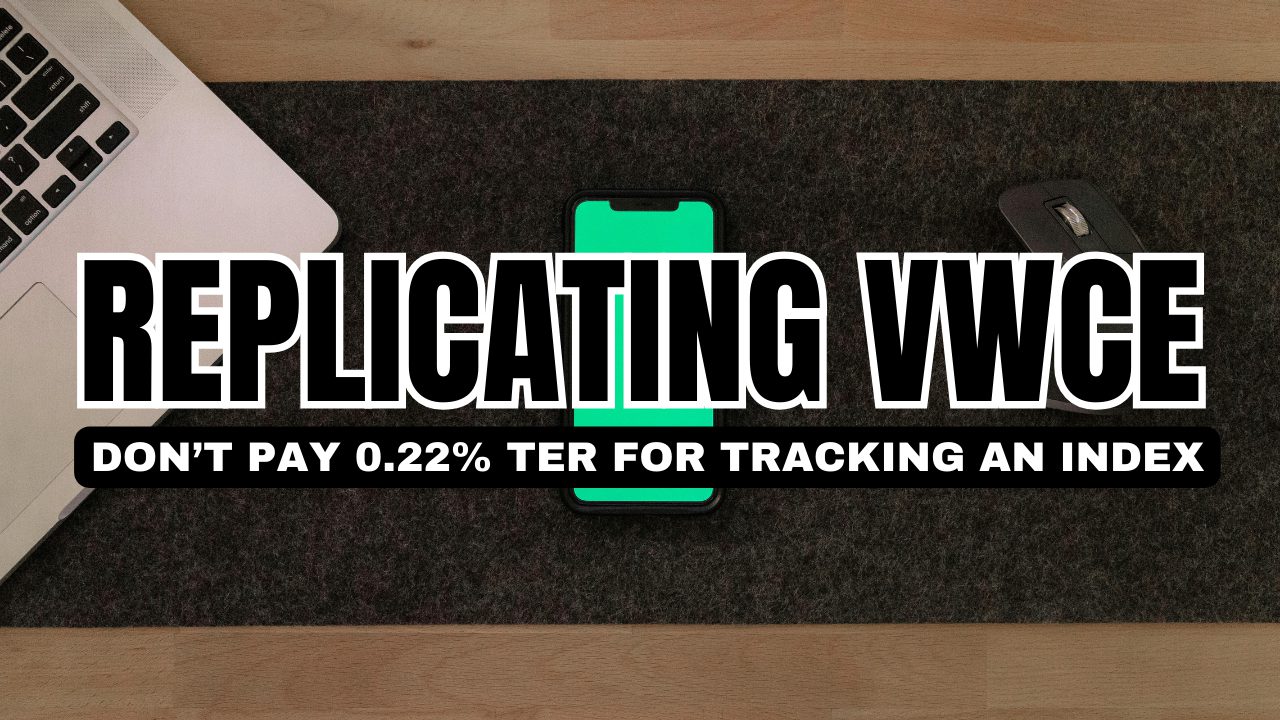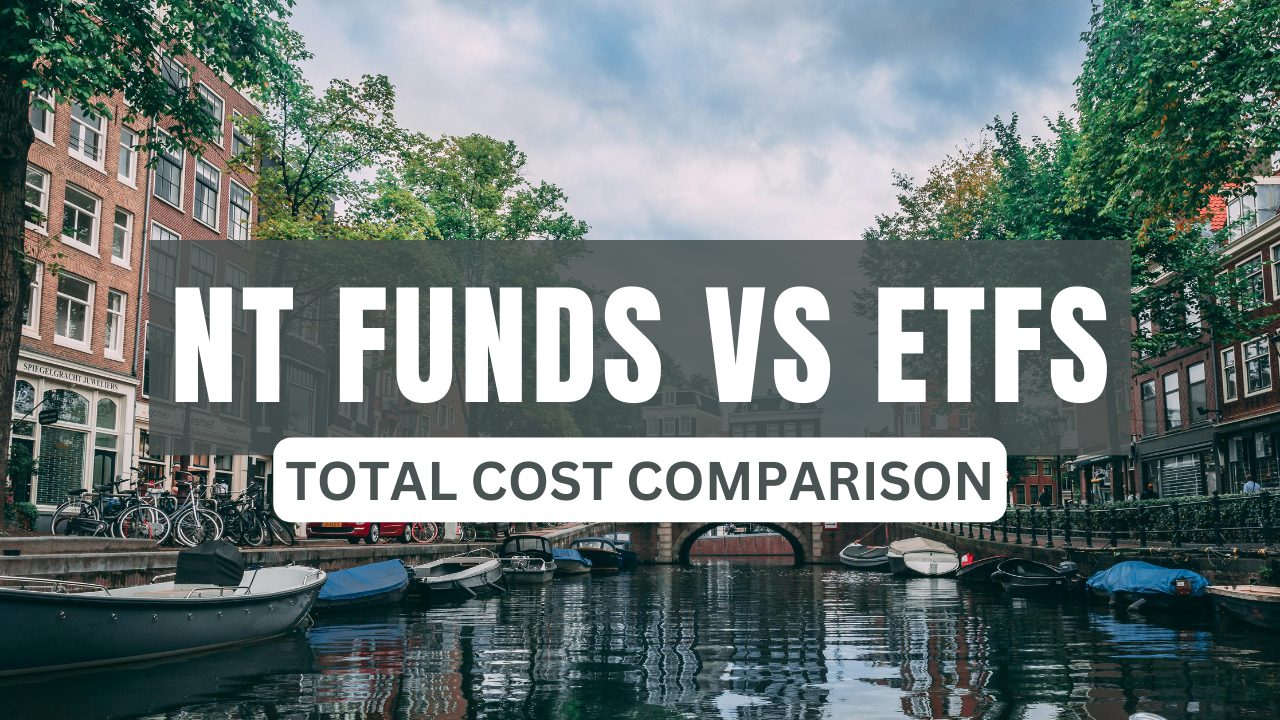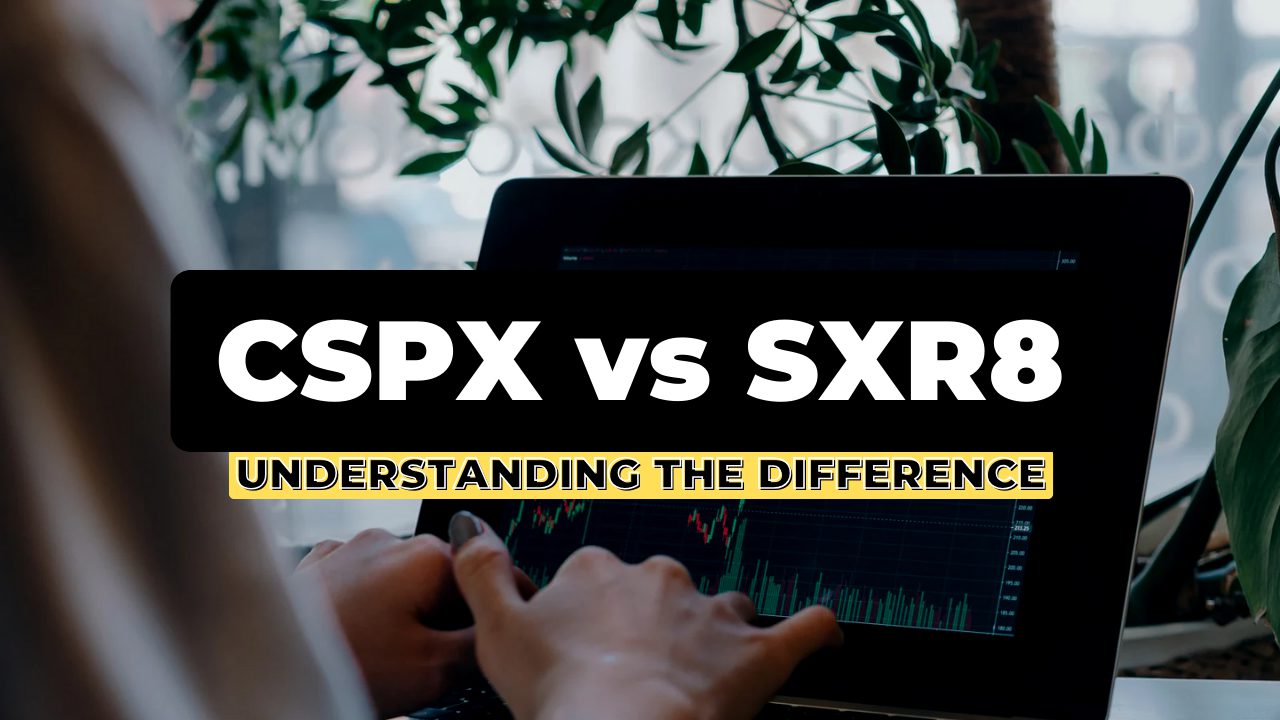
If you’re a beginner investor, you might be uncertain about the difference between $CSPX and $SXR8.
And indeed, both of those represent the iShares Core S&P 500 UCITS ETF (Acc).
In this post, I’ll explain why some ETFs have multiple tickers and how to choose between them.
iShares Core S&P 500 UCITS ETF
First, let’s briefly cover the fund we’re talking about:
iShares Core S&P 500 UCITS ETF (Acc.) is an ETF tracking the S&P 500 – an index composed of the largest US companies weighted by market cap.
It has a TER of 0.07%, making it one of the cheapest UCITS ETFs. Also, it’s an accumulating fund, which mean that it reinvests the received dividends instead of distributing them to investors.
This ETF is one of the common picks for the US allocation for many investors.
Both $CSPX and $SXR8 are ticker symbols referring to this fund.
Why Do ETFs Have Multiple Tickers?
First of all, I’ll clear up a misconception: funds aren’t uniquely identified by their tickers, but by an ISIN (International Securities Identification Number).
The reason some ETFs have multiple tickers is because they may be listed on different exchanges and/or in different currencies.
For example, you may be able to buy the same fund on the London Stock Exchange in $GBP and on the Euronext Amsterdam in $EUR.
Both of these options would be available through your broker and distinguishable by their tickers. Visiting the ETF’s page on the provider’s website (such as iShares) or any ETF aggregator (such as JustETF) will show you all the exchange listings for a particular fund.
In some cases, an ETF can have the same ticker across exchanges, so searching for a single ticker symbol may give you more results. Then you can check the extra information or a suffix after the ticker to understand what it’s referring to.
For example, XXX.L and XXX.AS would mean that you’re looking at the same ETF, but listed on the London Stock Exchange and Euronext Amsterdam (suffix L vs AS).
With all that being said, we can finally answer the question.
CSPX vs SXR8 Explained
Both $CSPX and $SXR8 refer to the same fund – the accumulating iShares Core S&P 500 UCITS ETF, with the ISIN IE00B5BMR087.
- SXR8 is the listing on the German XETRA exchange
- CSPX is the listing on Dutch Euronext Amsterdam (among others)
Below is a screenshot from the iShares page of the ETF showing all exchange listings and their respective tickers:

As you can see, it’s not only $CSPX vs $SXR8, but there are also a couple more ticker symbols. But they all refer to the same fund.
Don’t confuse what you learned while comparing $CSPX with $IUSA.
Although quite similar, those two refer to two different ETFs with different distribution policies:
- iShares Core S&P 500 UCITS ETF (Acc.) – the accumulating fund we’re discussing in this post (ISIN: IE00B5BMR087)
- iShares Core S&P 500 UCITS ETF (Dist.) – the distributing fund (ISIN: IE0031442068)
How to Know Which One to Choose?
After you determined which ETF you want, the dilemma of which ticker to select boils down to two factors:
- The currency you want to buy with
- The listing available through your broker
If an option satisfies both of these, you can’t go wrong.
I’d just add that some brokers (such as Degiro) charge (small) annual fees per exchange connection. So if you already hold ETFs that are listed on a certain exchange, you might prefer ETFs listed on the same one. Again, this is specific to this particular broker and it’s not a rule, so don’t diverge from your investment decisions because of an annual fee of €2.5.
Further Reading
If you want more amazing posts on UCITS ETFs, check out the following links:
- CSPX vs VUSA vs IUSA – My Thoughts
- Replicating VWCE – Optimize for Cost and Performance
- Core Portfolio for EU Investors (ETF Selection & Tips)
- IWDA vs VWCE and VWRL
- The Best Emerging Market ETFs for Europeans
- Northern Trust Funds vs ETFs – Full Comparison
For the complete series covering investing from Europe, visit: EU Investors Handbook.
If this is too advanced for you, check the beginner-friendly and free resource on stock market investing: How to Start Investing: A Complete Beginner Series.
 Husband & Father
Husband & Father  Software Engineer
Software Engineer 

